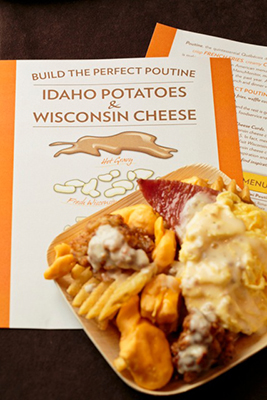Reasons Why Operators Should Mind (and Mine) Their Big Data (Part 1 of 2)
Wednesday, 08 July 2015 03:00
 Real information power comes when operators begin to consolidate and review all their data, to reveal the complete picture they need to make better business decisions.
Real information power comes when operators begin to consolidate and review all their data, to reveal the complete picture they need to make better business decisions.
By Dave Bennett
Culinary educators know their students seek out the foodservice industry for many reasons: They simply love to cook, they excel in the high-energy foodservice environment and they see long-term career potential and an opportunity to make a name for themselves.
Few, if any, culinary students will profess they are in it for the statistics.
Minding the numbers goes beyond containing food or labor costs. Effectively leveraging restaurant information can be the key to profit and financial success. It can be the difference between driving defensively, stuck forever in the right lane, versus pulling away from gridlock to lead the competition.
There are three main reasons that operators should mind (and mine) their business data. This article will address two of those reasons; the third reason will be covered in the second article in this series.
#1: Information is power
Harnessing a restaurant business’ information can, and should, ultimately increase earnings. Information is power, power that can be converted into dollar signs. The trick is to learn how to put that information to its best use.


 For 17 years, Worlds of Flavor in Napa Valley has been considered by the industry to be America’s most influential professional forum on world cuisines, food cultures and flavor trends. This year’s event didn’t disappoint.
For 17 years, Worlds of Flavor in Napa Valley has been considered by the industry to be America’s most influential professional forum on world cuisines, food cultures and flavor trends. This year’s event didn’t disappoint. Serving a term of 18 months, Carroll is joined by John Sloane of Macau as vice president of the global organization serving 10 million chefs from more than 105 nations.
Serving a term of 18 months, Carroll is joined by John Sloane of Macau as vice president of the global organization serving 10 million chefs from more than 105 nations.